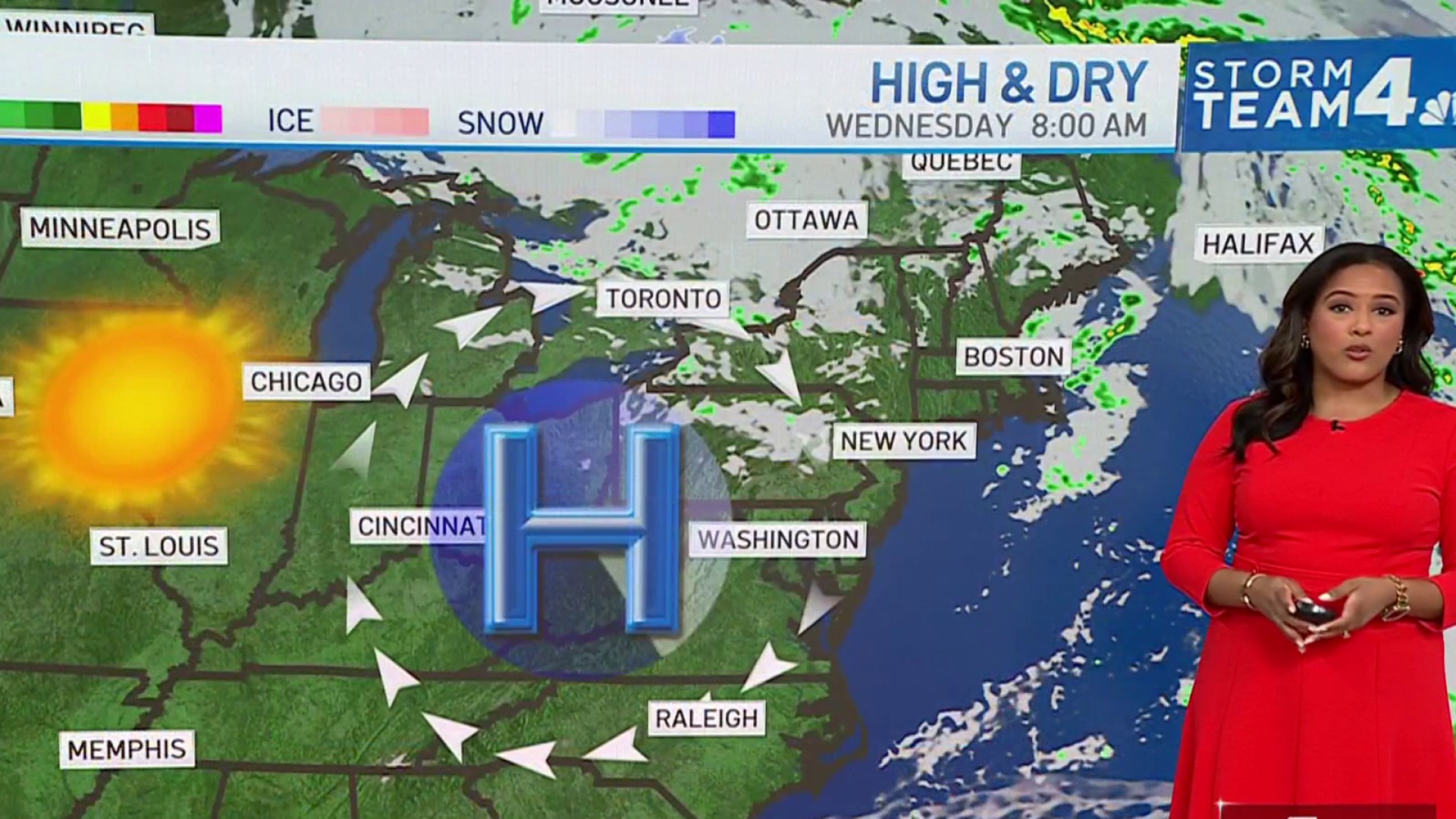Hurricane Milton is spinning its way toward Florida using the warm waters of the Gulf of Mexico to fuel destructive wind, rain and a potentially catastrophic storm surge along the state's western coast.
The tropical cyclone intensified to a Category 5 in a matter of hours, shocking seasoned scientists and prompting evacuations around Tampa, Clearwater, St. Petersburg, Fort Myers and other Gulf Coast towns. The storm is expected to move right over Tampa Bay and through central Florida cities like Orlando.
On Tuesday, the storm had dropped to a Category 4 on the storm scale, but still maintained devastating 155 mph winds. It then re-strengthened to a Category 5 storm Tuesday afternoon with maximum sustained winds of 165 mph. Flooding and storm surge could surpass 15 feet in some locations.
Hurricane-force winds extend outward up to 30 miles from the center and winds of tropical storm force extend outward up to 105 miles, according to the National Hurricane Center.
Tampa's mayor, Jane Castor, had a stark warning for residents considering riding out the storm: If you choose to stay in the evacuation area, you are going to die.
You can watch a loop of the storm's latest conditions, forecasted track and expected flooding levels in the video above. The latest Hurricane Milton stories and updates will be here.
Weather Stories
Strongest hurricanes to make landfall in continental U.S.
These are the strongest hurricanes at U.S. landfall, based on maximum sustained winds -- though lesser wind speeds have triggered far greater losses of life and devastation, like Hurricane Katrina.
1. Unnamed — Sept. 2, 1935: This one came before hurricanes were even given names, but it's referred to as the "Labor Day Hurricane" and made landfall in the Florida Keys with 160 mph max sustained winds. It killed more than 400 people and remains the strongest hurricane to ever make landfall on the U.S. mainland in terms of wind speeds.
2. Hurricane Camille — Aug. 17, 1969: It had sustained maximum wind speeds of 150 mph when it made landfall in Mississippi, killing more than 250 people and wreaking flooding havoc. It had strengthened to a Category 5 storm just a day before making landfall there.
3. Hurricane Andrew — Aug. 24, 1992: This one also targeted Florida, making landfall in Miami-Dade County with max sustained winds of 145 mph and destroying more than 50,000 homes. Nearly two dozen deaths were reported.
4. Hurricane Michael — Oct. 10, 2018: The Florida Panhandle was victimized again here, when Michael hit with max sustained winds of 140 mph, according to NOAA. More than 40 deaths were attributed to the storm.
T-5. Hurricane Ida — Aug. 29, 2021: New York felt the impacts of this storm severely, but it made landfall near Port Fourchon, Louisiana, with max sustained winds of 130 mph. It came 16 years to the day Katrina made landfall in Louisiana.
T-5. Hurricane Laura — Aug. 27, 2020: Laura made landfall in Cameron, Louisiana, overnight that day with maximum sustained winds of 130 mph. Nearly 50 deaths were directly attributed to it, and many others indirectly.
T-5. Hurricane Charley — Aug. 13, 2004: Another beast to hit Florida, Charley made landfall in Punta Gordo with max sustained winds of 130 mph. It caused an estimated $16 billion in damage.
T-5. Unnamed — Aug. 13, 1932: This one also came before hurricanes had names, but it's known as the Freeport Hurricane and hit Freeport, Texas, with max sustained winds of 130 mph.
T-5. Unnamed — Sept. 14, 1919: It hit the Florida Keys with max sustained winds of 130 mph.
T-5. Unnamed — Aug. 20, 1886: This made landfall in Texas with max sustained winds of 130 mph. A 15-foot storm surge was recorded in Indianola, Texas, and destroyed the town.
T-5: Hurricane Ian — Sept. 28, 2022: It made landfall in Cayo Costa, Florida, as a Category 4 storm with max sustained winds of 130 mph. Roughly 160 people died.



